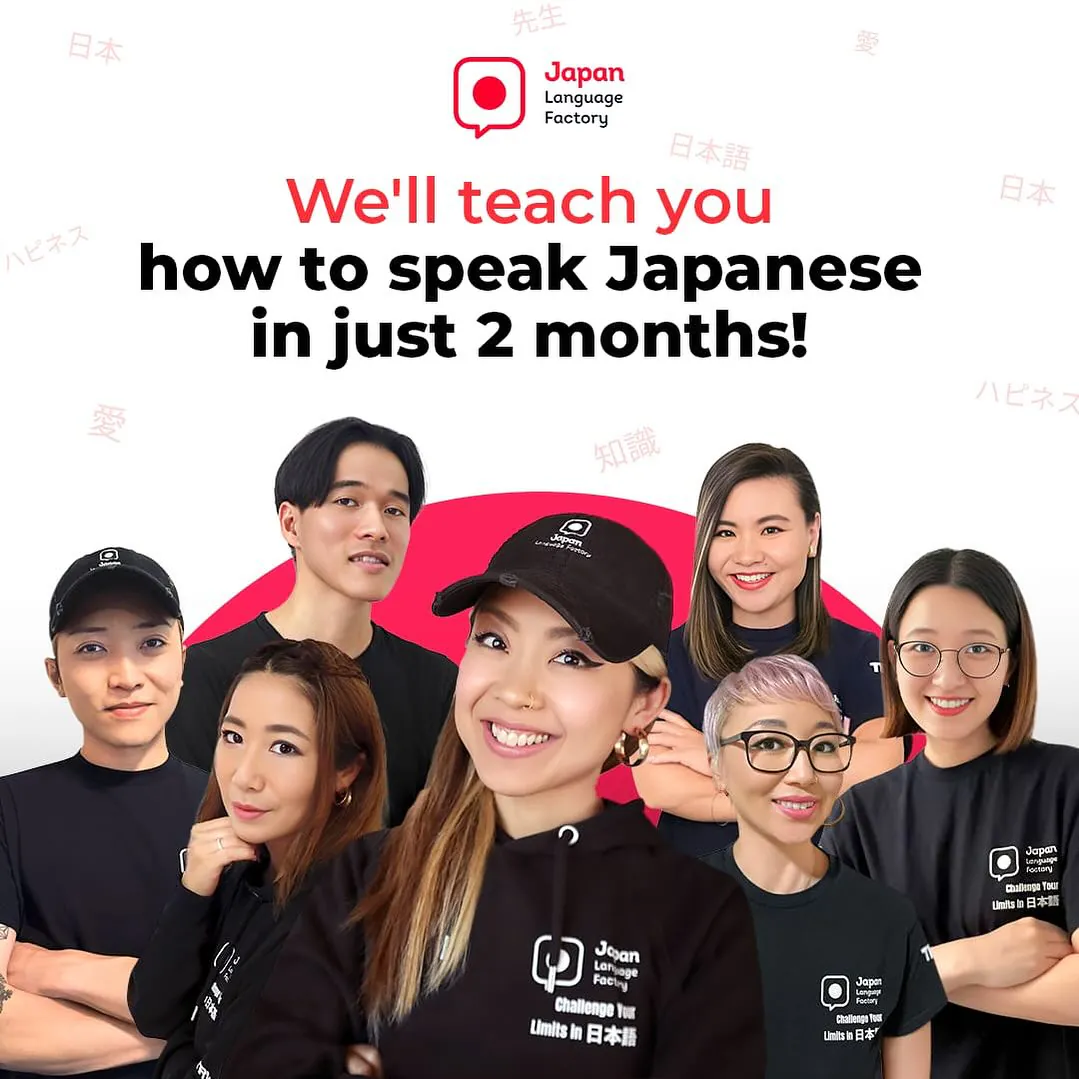
Learning Japanese might seem overwhelming at first - three writing systems, thousands of kanji, and a whole new grammar structure. But here’s the truth: you don’t need to know how to write to start speaking Japanese confidently.
In fact, if your goal is real-life communication - whether it’s for travel, business, friendships, or anime - then mastering spoken Japanese and learning a few basic words will open more doors than you can imagine. Let’s start with the essentials.
Why Basic Japanese Words Matter
When you’re in Japan, even knowing just one polite word or phrase can transform your experience. A simple “Arigatou” (thank you) or “Konnichiwa” (hello) can spark smiles, better service, and genuine connections.
Unlike many Western languages, Japanese communication relies heavily on context, tone, and respect - all of which can be expressed with a few well-placed expressions. Let’s break down some of the most commonly used words and when to use them.
Basic Japanese Greetings to Start With
Japanese English Translation When to Use おはよう (Ohayō) Good morning (casual) With friends or family in the morning おはようございます (Ohayō gozaimasu) Good morning (formal) At work or with strangers こんにちは (Konnichiwa) Hello / Good afternoon From late morning to early evening こんばんは (Konbanwa) Good evening After sunset おやすみなさい (Oyasuminasai) Good night When saying goodnight at home or leaving late さようなら (Sayōnara) Goodbye (formal) When parting for a long time
These aren’t just “words.” In Japan, greetings are part of social etiquette and show that you understand how to respect the people around you.
Simple Japanese Words for Everyday Use
Japanese Meaning Example Use はい (Hai) Yes Answering politely いいえ (Iie) No Gently declining ありがとう (Arigatou) Thank you In casual settings ありがとうございます (Arigatou gozaimasu) Thank you (formal) When shopping, at restaurants すみません (Sumimasen) Excuse me / Sorry Getting attention, apologizing お願いします (Onegaishimasu) Please Making polite requests 分かりました (Wakarimashita) Understood / Got it In response to instructions ちょっと待って (Chotto matte) Wait a moment Asking someone to pause
These phrases form the foundation of spoken Japanese - they’re short, powerful, and deeply appreciated by locals.
How to Actually Start Speaking Japanese
You don’t need to memorize a thousand words before having your first conversation. What you do need is practice speaking - with feedback, cultural context, and confidence.
That’s exactly what Japan Language Factory offers.
We focus 100% on speaking, not writing. Our private online lessons are built for busy professionals and motivated learners who want to make real progress - fast. Whether you're a complete beginner or you’ve tried language apps with little success, we’ll help you think and speak in Japanese naturally.
Recommended Articles to Deepen Your Learning
Want to dive deeper into real-life Japanese communication? Check out some of our most popular blog posts:
- Mastering the Art of Saying “Good Morning” in Japanese
Understand formal and casual greetings - and how to use them with confidence. - How to Say “Cheers” in Japanese and Embrace the Culture
Explore Japanese drinking etiquette, toasts, and the deeper meaning behind “Kanpai!” - Dos and Don’ts in Japan: Navigating Cultural Etiquette with Ease
Perfect if you're planning to visit Japan or work with Japanese people.
Speak First. Learn Fast.
At Japan Language Factory, we believe you don’t need to write Japanese to speak it well.
You just need the right method, great conversation partners, and a teacher who understands your goals.
Whether you’re learning for fun, business, or future travel - let’s make Japanese part of your everyday life.

Start your speaking journey today at JapanLanguageFactory.com
We’ll help you say more than just “hello.” You’ll learn to connect.
Let me know if you'd like this article adapted for Medium, LinkedIn, or other platforms.







